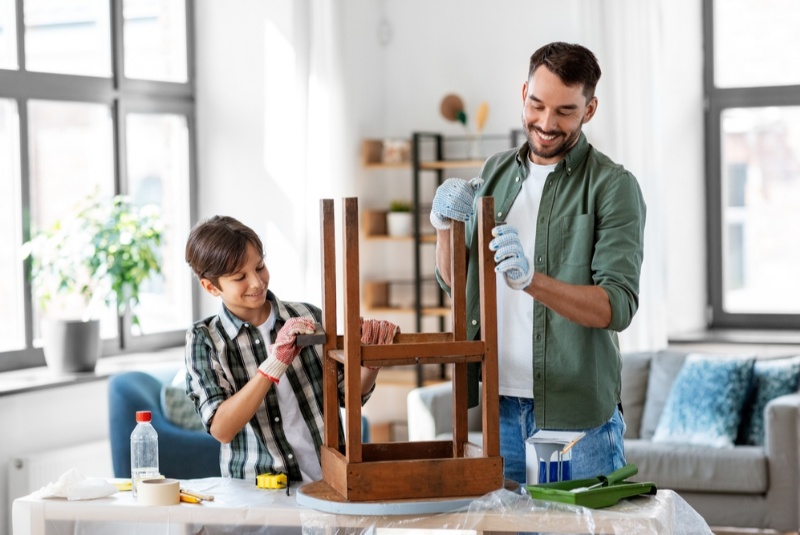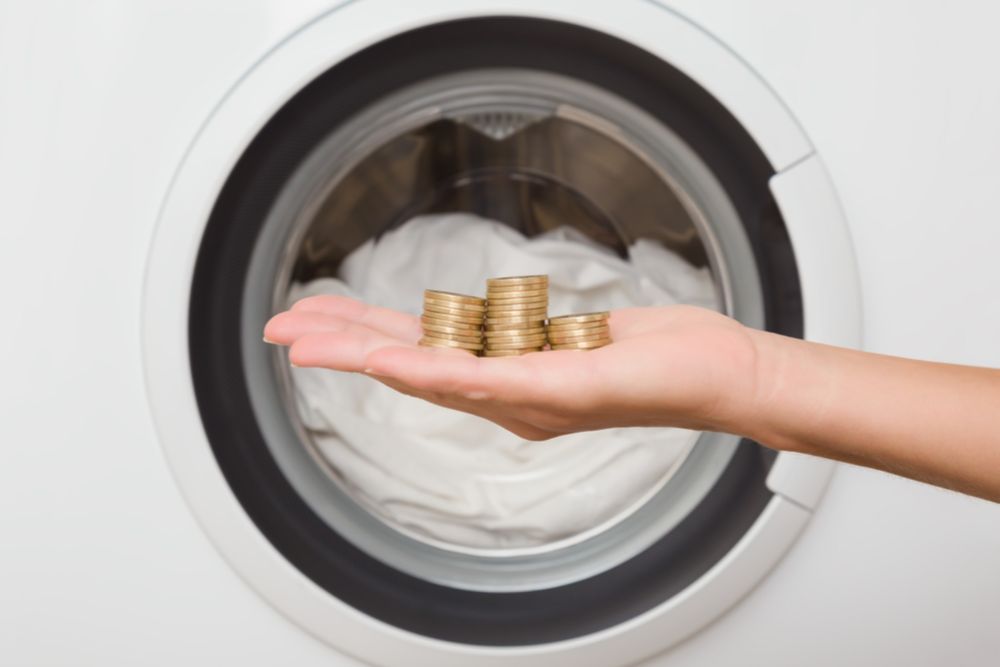In today's world, consumers are constantly faced with the decision of whether to make something themselves or to purchase it. The rise of the do-it-yourself (DIY) movement has empowered people to create unique, personalized items for their homes, wardrobes, and daily lives. However, with a seemingly endless array of products available for purchase, the choice between making and buying can be daunting. In this article, we will explore the various factors to consider when deciding whether to create something yourself or to buy it, striking the perfect balance between DIY and purchasing.
Cost Considerations
One of the primary factors to consider when deciding between DIY and buying is cost. For some items, making them yourself can be significantly cheaper than purchasing a similar product, especially if you already have the necessary tools and materials on hand. However, if you need to invest in expensive equipment or specialized supplies, the cost of DIY may outweigh the savings. Additionally, it is important to consider the value of your time, as DIY projects can be time-consuming. If your time is limited or your skills are better suited elsewhere, purchasing might be the more cost-effective option.
Quality and Customization
The quality of a DIY project will largely depend on your skills and the materials used. If you have experience and confidence in your abilities, you may be able to create a higher-quality product than what is available for purchase. Additionally, DIY projects offer a level of customization that is difficult to achieve when buying from a store. Creating something yourself allows you to tailor the item to your exact specifications and preferences, resulting in a truly one-of-a-kind piece.
Conversely, if you lack the necessary skills or materials to create a high-quality product, purchasing may be the better choice. Established manufacturers typically have access to specialized equipment and materials that can result in a more polished and professional-looking product.

Environmental Impact
Another factor to consider is the environmental impact of your choice. DIY projects can be more sustainable, as they often involve repurposing or upcycling materials that would otherwise be discarded. By creating something yourself, you may be able to reduce waste and minimize your carbon footprint.
On the other hand, some DIY projects may require the purchase of new materials or the use of energy-intensive tools, potentially negating the environmental benefits. Additionally, if you are not skilled in a particular craft or technique, you may end up creating a lower-quality product that ultimately contributes to waste. In these cases, purchasing a well-made, durable item from a responsible manufacturer might be the more sustainable choice.
Longevity and Maintenance
When deciding between DIY and purchasing, consider the expected lifespan and maintenance requirements of the item in question. If you are creating something that will be used frequently or subjected to wear and tear, it is essential to use high-quality materials and construction techniques to ensure longevity. If you are unable to create a durable product yourself, purchasing might be the better option.
Additionally, consider the maintenance requirements of the item. If a DIY project requires ongoing care or upkeep that you are unable or unwilling to provide, purchasing a low-maintenance alternative may be more practical.
Personal Satisfaction and Skill Development
Finally, consider the personal satisfaction and potential skill development that can come from engaging in DIY projects. For many people, the process of creating something with their own hands is deeply rewarding and provides a sense of accomplishment. Additionally, DIY projects can serve as an opportunity to learn new skills or refine existing ones, making you more self-reliant and capable in the long run.
Ultimately, the decision to engage in DIY or to purchase a product will depend on a variety of factors, including cost, quality, customization, environmental impact, longevity, maintenance, and personal satisfaction. By carefully weighing these factors, you can make an informed decision that best suits your needs, preferences, and values.
For example, if you are a skilled crafter who enjoys personalizing items and values sustainability, DIY might be the perfect choice for you. On the other hand, if you prioritize convenience, professional quality, and low maintenance, purchasing may be more in line with your preferences.
To strike the perfect balance between DIY and purchasing, consider engaging in a combination of both approaches. Take on DIY projects that align with your skills, interests, and values while also recognizing when purchasing a ready-made item is the more practical or efficient choice. This balanced approach will allow you to reap the benefits of both DIY and purchasing, resulting in a more satisfying and well-rounded consumer experience.
There is no one-size-fits-all answer when it comes to choosing between DIY and buying. By understanding the various factors at play and considering your own unique circumstances and preferences, you can make the best decision for your individual needs. Embrace the opportunities for creativity and personal growth that DIY projects can offer, while also appreciating the convenience and reliability of purchasing well-made products. With this balanced approach, you can create a life that is uniquely tailored to your desires, values, and capabilities.




